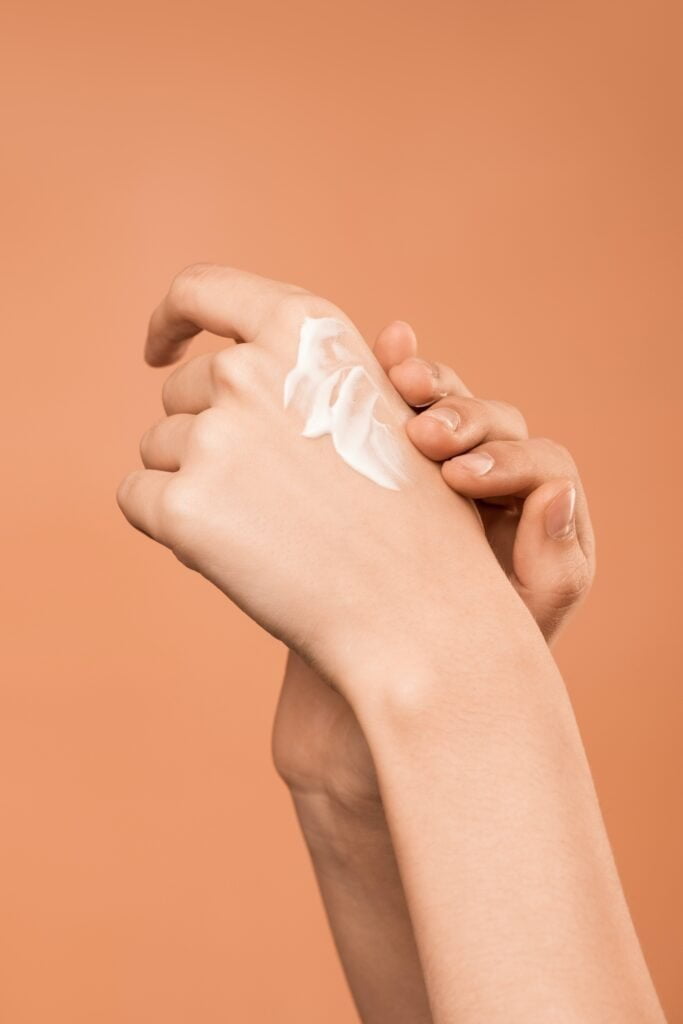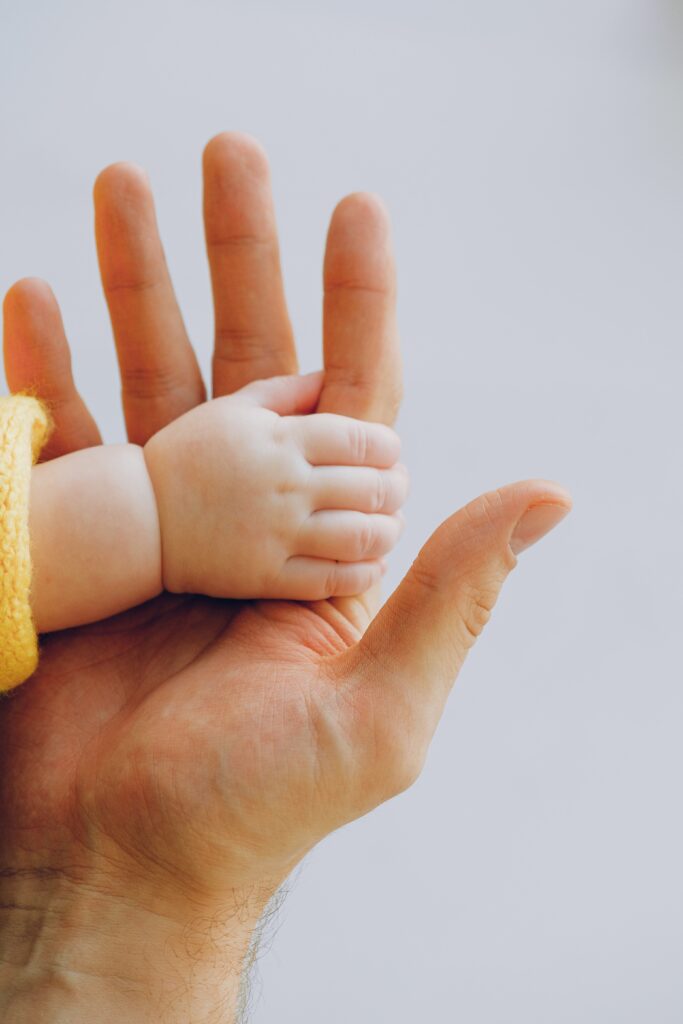Psoriasis is a common skin disease that affects both children and adults. This post will discuss more about psoriasis in children or paediatric psoriasis.
But first, what is psoriasis?

Paediatric psoriasis is a disease characterised by red, scaly patches on the patient’s skin. These dry patches can be itchy, forcing the patient to scratch the area. The distribution of these scaly patches varies from one person to the other. For some people, psoriasis can affect a small area of the skin, while others might have to deal with the dry, scaly patches covering their entire body.
What are the Symptoms of Paediatric Psoriasis?
Diagnosing paediatric psoriasis is relatively challenging as it can be mistaken for other medical issues, such as nappy rash, dermatitis, and alopecia areata. However, more obvious symptoms such as thick, scaly patches and nail discoloration are consistent with paediatric psoriasis.
These are some of the most common symptoms of paediatric psoriasis:
- Small scaly spots
- Dry, cracked skin that may itch or bleed, especially when scratched
- Red patches on the child’s skin. Sometimes, they can be thick and silvery
- Stiff and swollen joints
- Thickened, discoloured fingernails and toenails
- Itchy or burning sensation on the skin
The symptoms of psoriasis can vary from one patient to the other. They are visible in various body parts, including elbows, legs, feet, face, and knees. In addition, most psoriasis infections go in cycles – meaning they can flare up for a few weeks or months, then disappear or even go into remission afterward.
There are several types of psoriasis. Some of these are common in children, while others occur rarely. If your child has psoriasis, these are the most likely culprits:
- Guttate Psoriasis – This type of psoriasis is characterised by small red dots on different parts of the body, such as the back, arms, and legs. In most cases, guttate psoriasis will proceed to the next stage, plaque psoriasis.
- Plaque Psoriasis – This is the most common type of psoriasis in children. Plaque psoriasis is characterised by red, dry patches (plaque) on the patient’s skin. These plaques can be itchy, painful, and might bleed when scratched. They are commonly visible around an infected patient’s lower back, scalp, legs, and knee areas.
There are other types of psoriasis that can affect children. However, these two are the most common culprits.
What Causes Paediatric Psoriasis?

Medical experts have not been able to pinpoint the real cause of psoriasis. However, the disease is widely believed to be an autoimmune medical issue that results in faster regeneration of skin cells. For individuals with psoriasis, the skin regenerates itself every 3 to 4 days, while the normal rate is every 30 days.
Although the reason behind the malfunctioning of the immune system is not entirely clear, medical researchers believe genetics and some environmental factors play a role. These are a few environmental factors that can trigger psoriasis:
- Skin injury
- Stress
- Allergies
- Obesity
- Cold, dry weather
Fortunately, psoriasis is not contagious, and there is no danger of passing the condition if uninfected kids come into contact with infected ones.
Psoriasis Treatment
Today, there is no cure for psoriasis. Most psoriasis treatment options available are designed to help alleviate the symptoms. Apart from medical options, parents play an essential role in reducing the risk of flare-ups in their children.
As a parent, the first step is to identify the psoriasis triggers in your child. These can be chemical or stress triggers. If your child is at risk of flare-ups due to stress triggers at school or home, ensure you have a sit-down and teach them stress management techniques. The same case applies to chemical triggers – ensure you eliminate them and advise teachers of your child’s condition.
Doctors also play a role in psoriasis treatment in the following ways:
- Phototherapy – This treatment method involves exposure to controlled artificial or natural light. It is not a common treatment option since doctors typically only resort to it if the plaques have affected a significant portion of the skin.
- Topical treatment – This method typically involves the use of steroids and is a perfect treatment option for kids since it doesn’t affect their sensitive skins.
- Oral/Injection treatments – If the psoriasis is severe, the doctor may prescribe oral or injection medications. These are not often recommended for children since they can have serious adverse effects.

